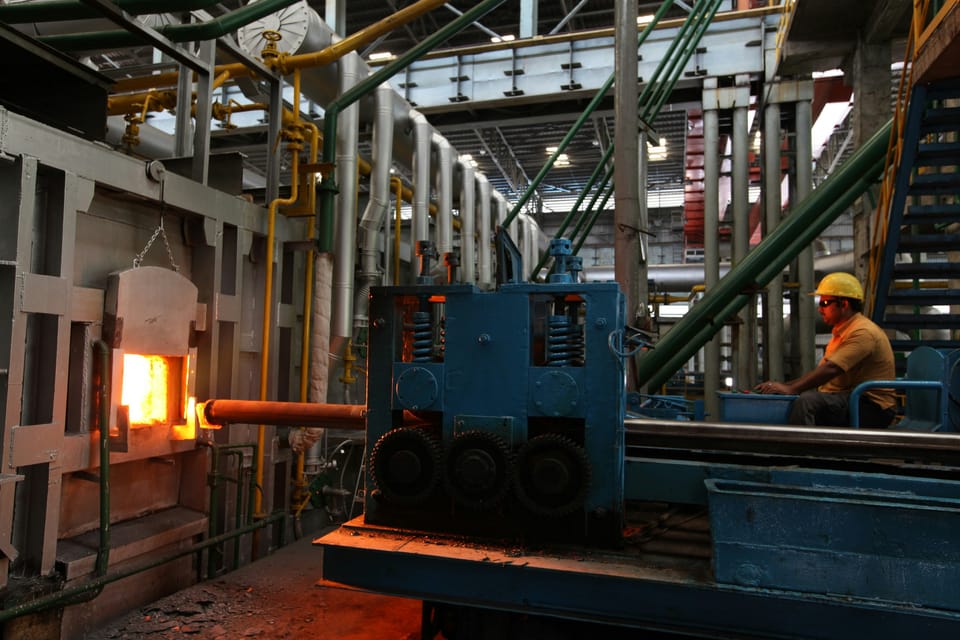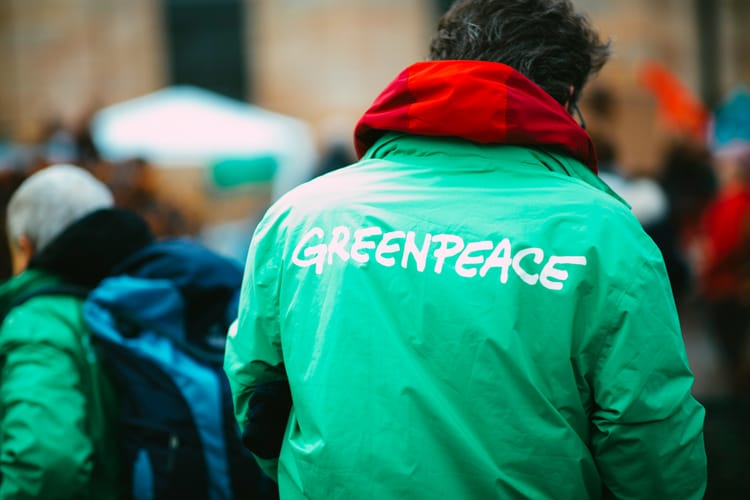ArcelorMittal ‘increasingly unlikely’ to meet 2030 climate goals due to policy headwinds

Steel producer ArcelorMittal has warned that adverse policy developments have made it “increasingly unlikely” that it will be able to meet its 2030 climate targets around steel carbon intensity – despite having cut operational emissions by nearly 50%.
Steel remains one of the world’s most carbon-intensive industrial products, and Europe’s largest steelmaker has committed to reducing the carbon intensity of its steel by 35% by 2030, and making it carbon neutral by 2050. To achieve this, ArcelorMittal was betting on the development of technologies such as green hydrogen and carbon capture and storage (CCS) – but recent political and economic uncertainty has slowed their adoption.
In its latest sustainability report, ArcelorMittal gives the example of the new direct reduced iron (DRI) plants – which produce iron using a hydrogen-powered electric arc furnace instead of fossil fuel-powered blast furnace – it was planning to build in Europe, saying the company was unable to reach a final investment decision on these due to recent changes in European policy.
“It is therefore increasingly unlikely that we will be able to achieve our 2030 carbon emissions intensity target. We intend to publish revised decarbonisation expectations when the policy environment is more settled,” the company adds.
Significant emissions reduction since 2018
This is not to say no progress has been made: ArcelorMittal has reduced absolute Scope 1 and 2 emissions (which make up 92% of its overall carbon footprint) by 46% since 2018 – bringing the total to 102 million tonnes in 2024.
By investing in renewable energy projects and several electric arc furnaces, and by selling its most polluting assets, the company has managed to bring down the average GHG intensity of its products to 1.75 tonnes of CO2 equivalent per tonne of crude steel. This is lower than the global average of 1.92 tonnes of CO2e per tonne of steel, as reported by the World Steel Association.
ArcelorMittal: ‘DRI struggles to compete’
In 2024, more than 20% of ArcelorMittal’s steelmaking capacity came from lower-emissions plants, with 28 electric arc furnaces (with 24 million tonnes per year of capacity) and 11 direct reduced iron (DRI) modules (with 10.3 million tonnes per year of capacity).
But the company warns that even with a carbon price, gas-based DRI-electric arc furnaces struggle to compete, “and the economics for green hydrogen are even more challenging” – contradicting competitor SSAB’s 2024 predictions.
The Swedish company said last year that producing 2.5 million tonnes of fossil-free steel at its new €4.5 billion Luleå facility would likely improve the site’s annual earnings before tax by more than €430 million due to the elimination of rising carbon costs under the EU ETS.
Green steel needs supportive policies
In its report, ArcelorMittal warns that supportive policies are crucial to make steel – “a low-margin, globally tradeable commodity struggling with global over-capacity” – cleaner.
For example, the company advocates for a global carbon price on steel products, without which “there is a clear and real risk that first-movers will be rendered uncompetitive”.
The firm sees 2025 as a key year for policy formulation, and welcomes new developments in Europe, including the Clean Industrial Deal and the review of the Carbon Border Adjustment Mechanism (CBAM) – though noting that these policies are “still inadequate for the realities of the transition”.
The company believes progress in the next five years will be focused on lowering the emissions of steelmaking – rather than the more carbon-intensive ironmaking that comes beforehand. It also predicts that green hydrogen and carbon capture and storage (both touted as disruptive solutions for emissions-intensive industries) will only begin to make a difference after 2030.
Read also: What CSOs need to know about carbon capture and storage







Member discussion